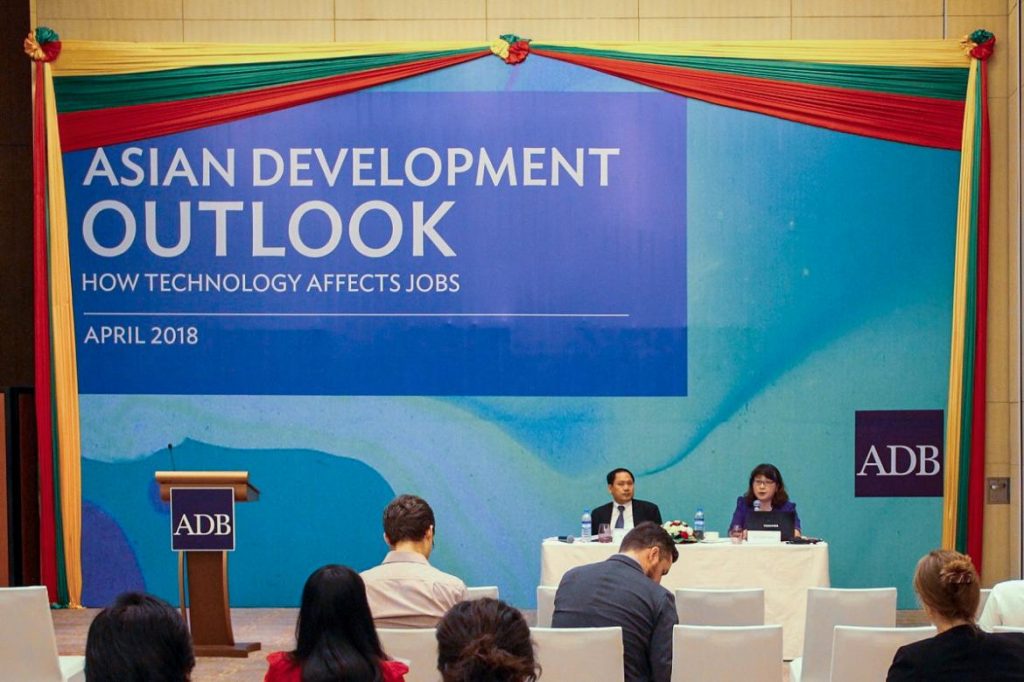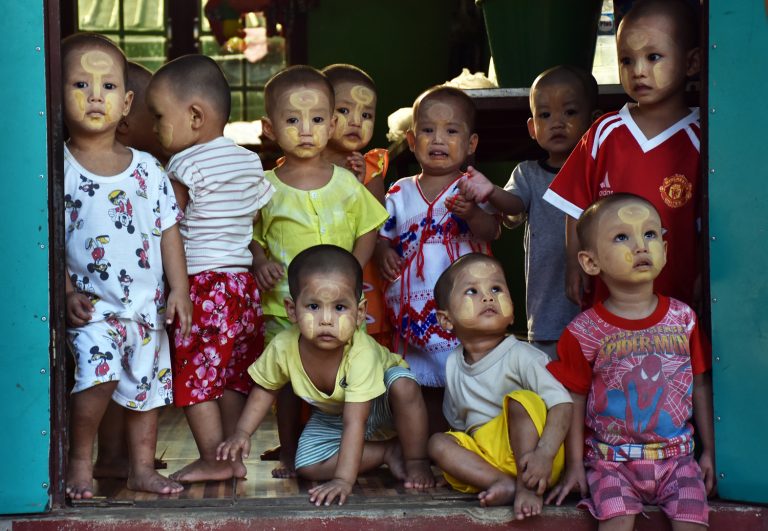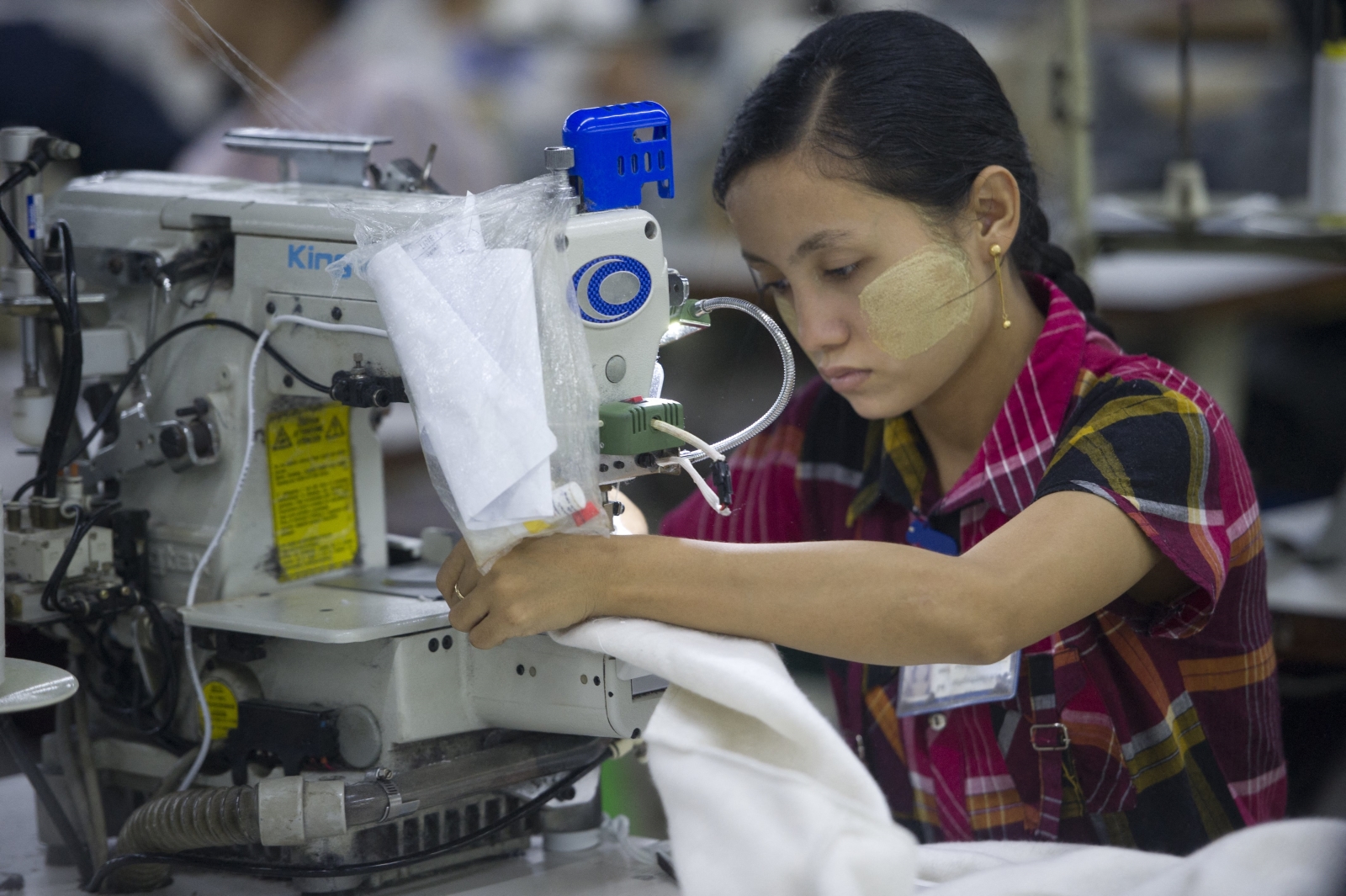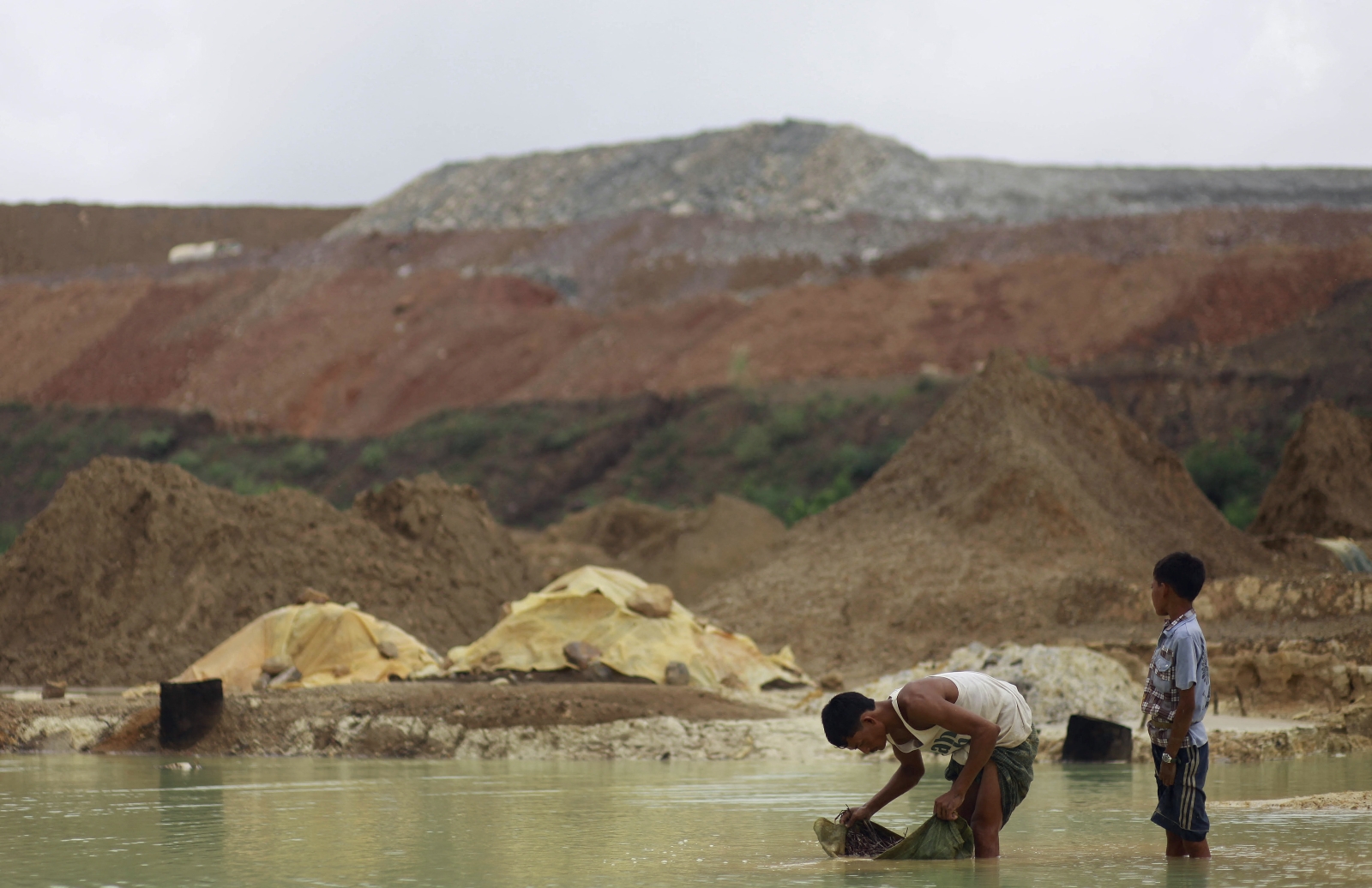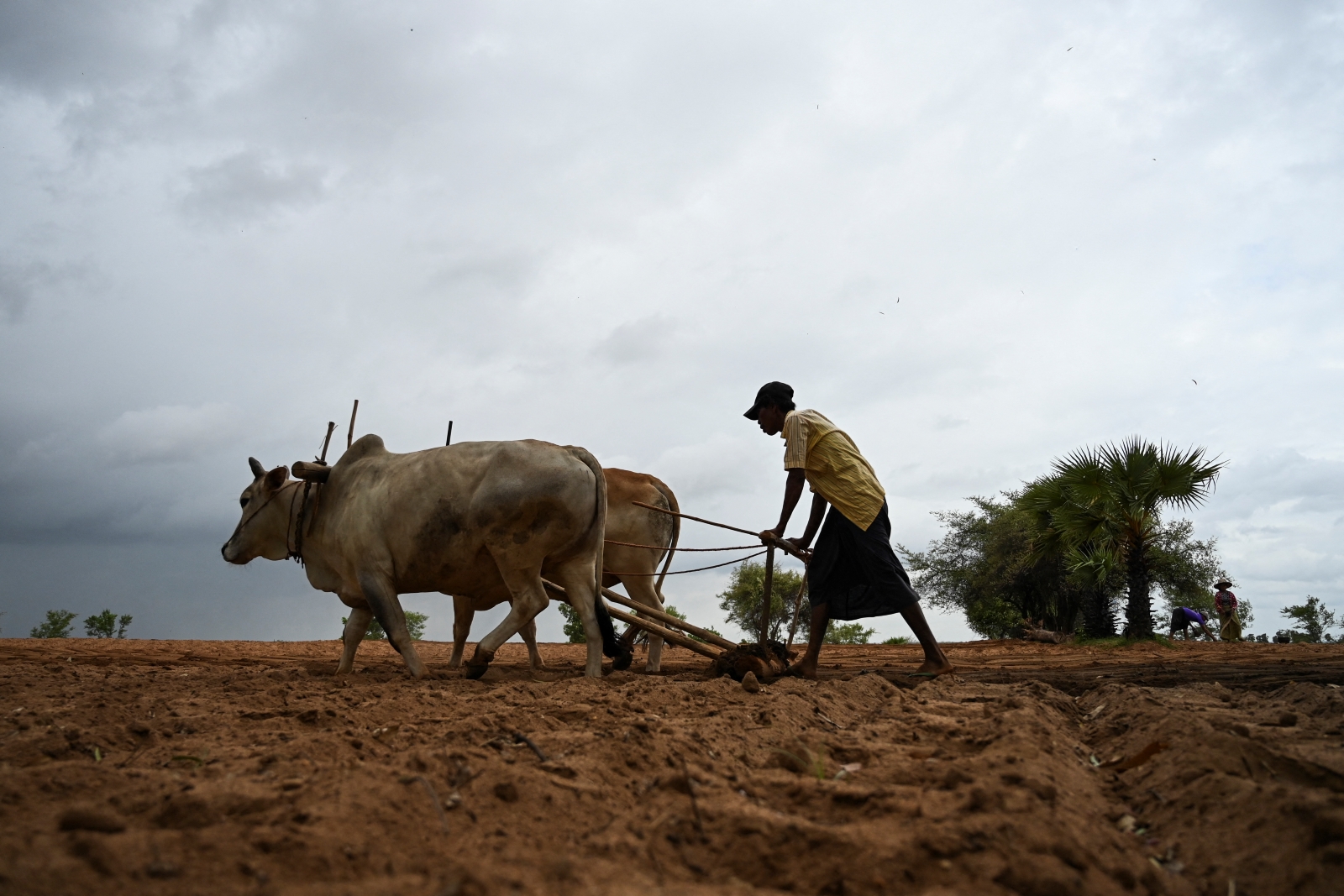By KYAW LIN HTOON | FRONTIER
YANGON — Myanmar’s GDP growth picked up to 6.8 percent in 2017, from 5.9 percent in fiscal year 2016, according to the Asian Development Outlook 2018, which urged greater liberalisation of foreign direct investment (FDI) procedures.
Ms. Yumiko Tamura, the principal country specialist at the Asian Development Bank and author of the report’s Myanmar chapter, said that while the government has made progress in liberalising and rationalising FDI procedures, there is still scope for further policy improvements.
She recommended shortening the time-requirement for the screening and approval of investments and removing restrictions on certain activities, including foreign equity holdings and capital repatriation by foreign businesses in Myanmar.
“Myanmar has grown but its financial sector is still under-developed, including its capital markets. Therefore, FDI has a big role to play to finance both internal and external balances,” she told Frontier after a press conference on the Asian Development Outlook 2018, held on April 11 in Yangon.
Support more independent journalism like this. Sign up to be a Frontier member.
The report said inflation in Myanmar eased to 5.3 percent last year from 6.8 percent in 2016, but is likely to edge up, as a result of higher growth. The current account deficit widened to the equivalent of 5 percent of GDP in 2017 from 3.9 percent a year earlier. The Myanmar kyat was stable throughout 2017.
The ADB says growth should be sustained this year and accelerate in fiscal year 2019, to 7.2 percent.
This optimistic growth forecast is in line with projections by the International Monetary Fund. The Fund said last month it expected growth to rebound this year to 6.7 percent, from 5.9 percent last year and to pick up further in the medium term to 7-7.5 percent.
By sector, agriculture, which accounts for around 30 percent of GDP, rebounded in 2017, due to better weather and favourable commodity prices, to grow at an estimated 3.5 percent, the ADB said, reversing drought-induced contraction in fiscal year 2016. The industry and service sector maintained strong growth, estimated to exceed 8.0 percent.
A robust manufacturing sector drove industrial output higher, with exports driven by high demand for garments and rice shipments estimated at 2.8 million tons, the highest in a half a century.
Earnings from service exports remained buoyant, with the Ministry of Hotels and Tourism reporting international tourist arrivals up by 18 percent last year to reach 3.4 million. The ADB said the economy is so far little affected by the situation in Northern Rakhine.
Foreign investment to drive growth
The ADB projects GDP growth at an annualized rate of 6.8 percent in the 6 months (April-September 2018) prior to Myanmar’s adoption of a new fiscal year in October. Growth is forecast to rise further to 7.2 percent in fiscal year 2019, ending on September 31 of that year.
Myanmar cannot hope to attract sizable portfolio capital inflows in the near future, the report said, due to its underdeveloped capital markets. FDI will therefore need to remain the main source of financing for the current account deficit.
As Myanmar has a large and youthful population, foreign investment can help tap potential for the export-oriented production of labor-intensive goods, it said.
Although Myanmar has liberalised policy in recent years, regulations remain more restrictive than in comparable Southeast Asian economies. Tamura noted that the latest FDI Regulatory Restrictiveness Index ranked Myanmar’s policies the second most restrictive in the region, after the Philippines.
She said that once Myanmar gains investors’ confidence, foreign investment would flow. “Of course, it follows a cyclical pattern when the global trend is down, and FDI inflows may fall when the exchange rate fluctuates,” she said.
“It will take time. But overall, if this democratic government is successful in putting a socio-economic program in place, other economic indicators, I believe, will follow.”


